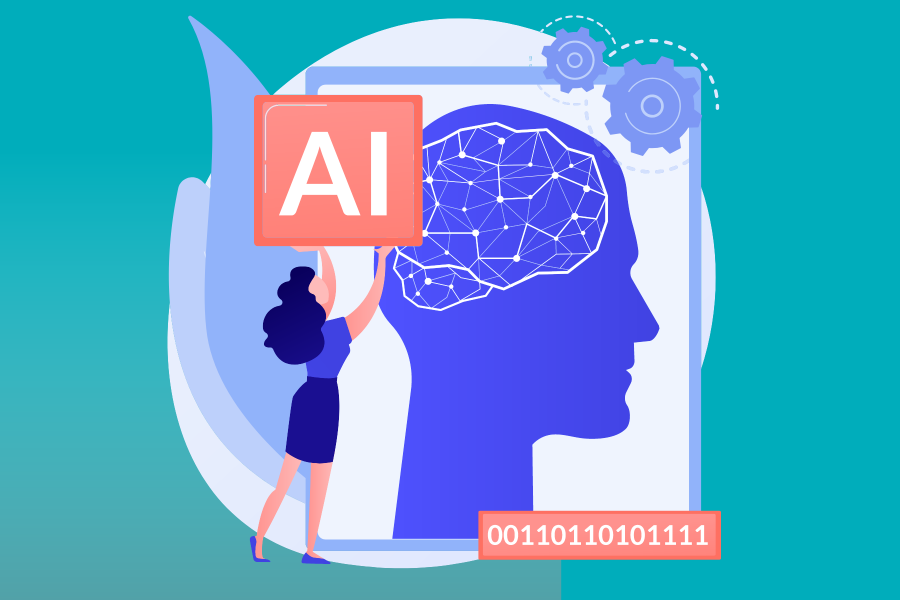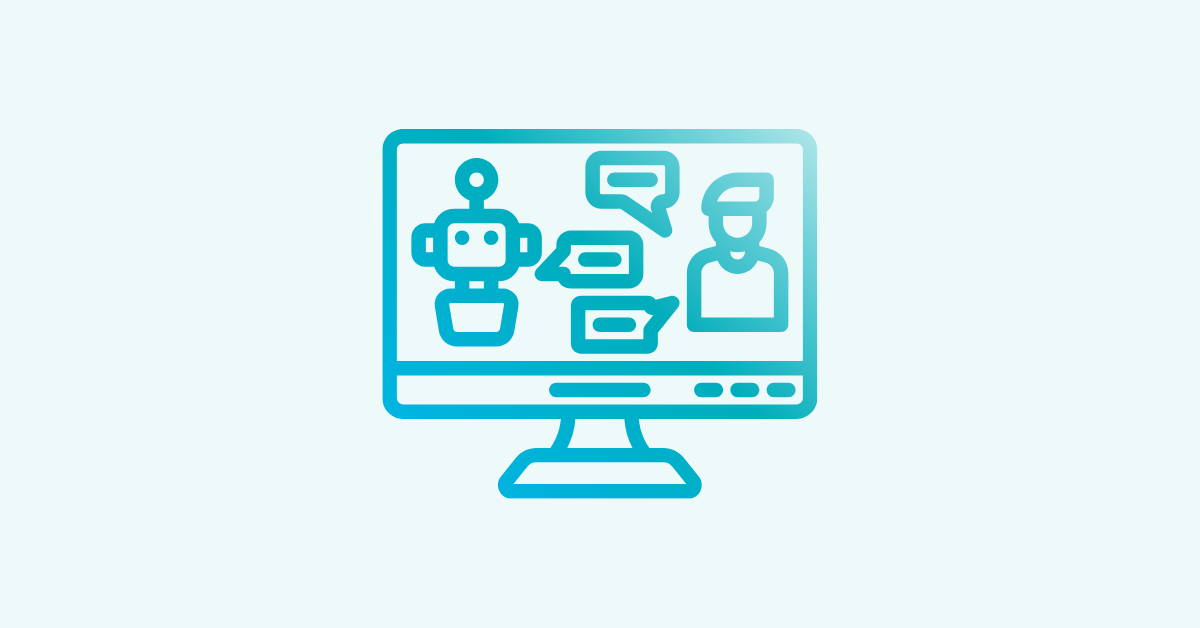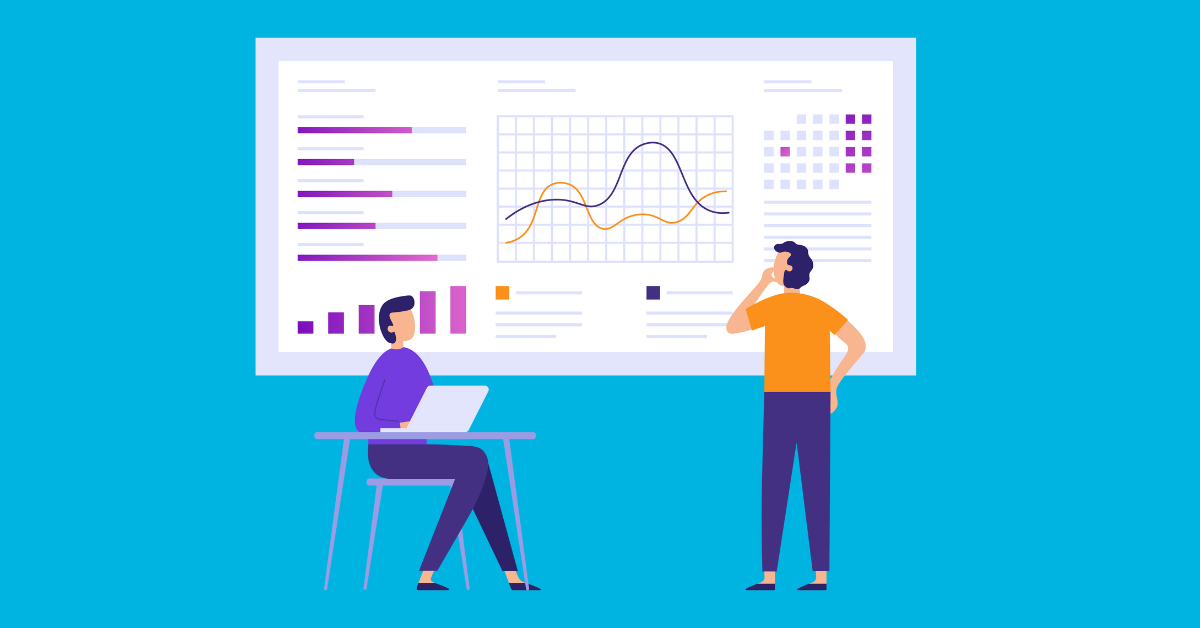Leveraging AI to revolutionise risk management is a goal among progressive CROs and risk functions right now. These thought leaders are eager for risk management to provide genuine value to their business, and to elevate the practice from a tick-box compliance exercise to one that influences and informs business decision-making.
The generally agreed mission of these kinds of organisations? To better understand how to use AI to augment and enhance risk management processes in order to better exploit risk management data.
With better data analysis and intelligence insights comes stronger organisational resilience.
In a recent member meeting, risk leaders from global organisations shared the approaches and considerations they're taking to use AI in their risk management:
1. Build a language-based AI tool
One organisation described the language-based AI tool they're building in-house. Its purpose is to help explain (risk) concepts to employees, which strengthens stakeholder understanding of risk processes and documents. Other functions of the tool include:
- Clarify key terms
- Aggregate different definitions and descriptions (e.g. risk appetite) across the company
- Summarise strategy documents and organisational charts for people in easy-to-understand ways
- Searching company risks and presenting their interconnectivities (the member is at the alpha state for this function).
The risk function sees the tool predominantly helping with data gathering and doing a lot of groundwork.
2. Run predictive models
Another organisation has developed a proof of concept using a tool that allows the risk function to input decades worth of data, run predictive models and predict on risk exposures and costs.
3. Use AI for finance risk forecasting
AI is used by another member organisation to shape the probabilistic model and identify risks to increase better funds management.

4. Bot development
One practitioner explained their "Risk Assistant" bot "joins" internal meetings. When it recognises jargon being spoken, it pops the meaning of those terms into a group chat. Future developments are looking to enable the bot to define risk themes and topics mentioned in meetings, and answer certain questions raised in meetings or locate the appropriate stakeholder in the business. The bot will have the functionality to then invite them to the meeting in real-time to answer those questions, based on that stakeholder's calendar availability.
What happens at virtual meetings?We facilitate bespoke meetings (small private groups) and network meetings (usually about 5-10 risk leaders) to allow our members to share practical experiences. The meetings take place under the Chatham House Rule, so you can speak freely about the challenges that you face. Sometimes a member will share a case study, other times we operate a workshop-style format. But the focus is on sharing solutions, advising on lessons learned and working through new ideas. Usually a meeting takes about 90 minutes, and we circulate a write-up of the key issues raised in the meeting afterwards. Our members are requesting more collaboration on AI as it becomes a bigger priority for them. To find out more about harnessing the expertise of your peers on AI-related risk issues, and how you can join a meeting about a challenge that is a priority for you, fill in this form/ |
5. A central hub for learning operational codes
Another organisation has developed in-house a central hub which is learning the operational codes, standards and thresholds of the organisation to then sends signals and alerts to the risk team in real-time. This requires bringing all relevant data from across the company (tagged appropriately) and teaching the system to recognise interconnectivities between these data points.
FAQs from risk leaders on the topicWhat is the starting point for introducing AI into an organisation? Will AI replace the GRC system? |
To request to join our discussions on AI, please fill in this form.
Share this
Related posts you may be interested in

Using ChatGPT in risk management

Predictive analytics for risk management: how to get started
